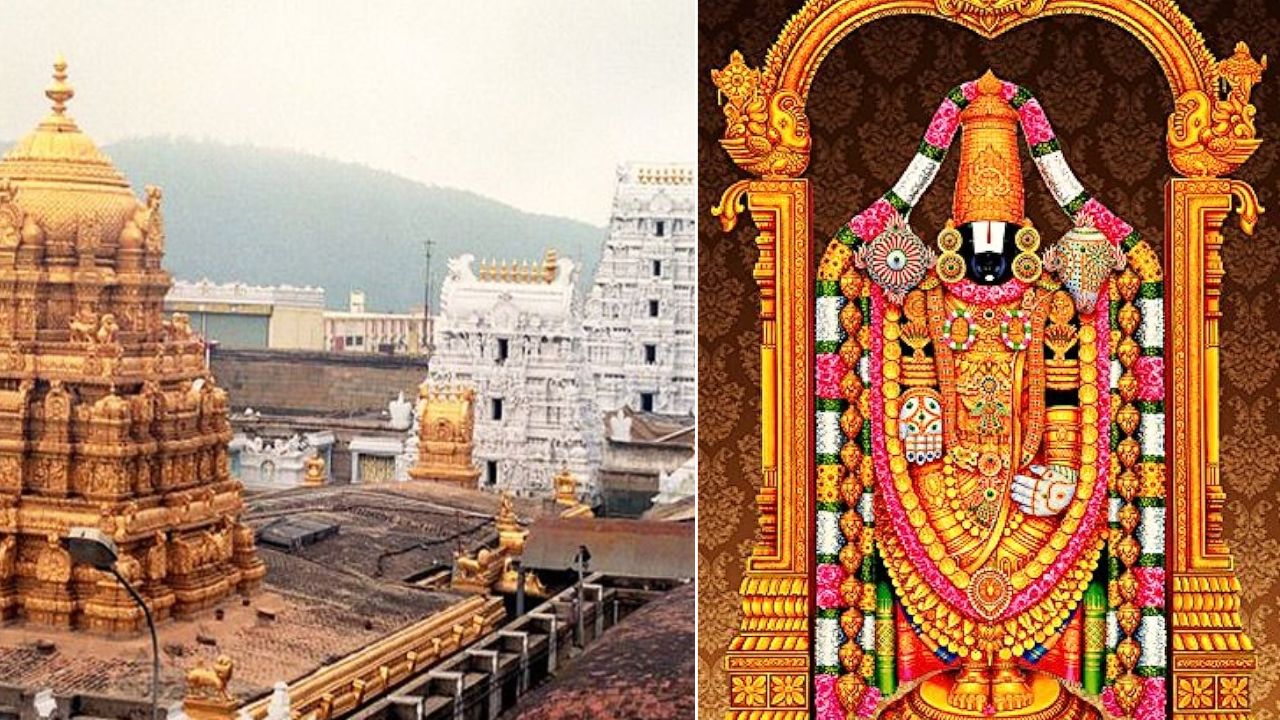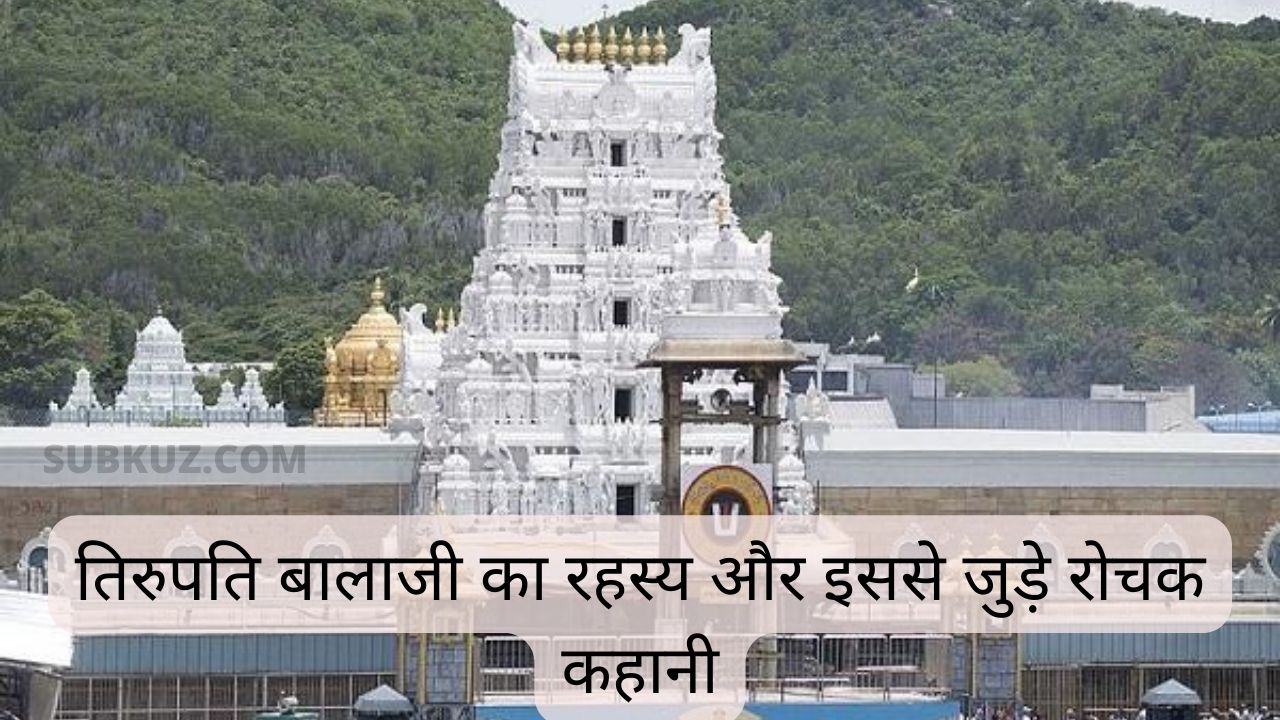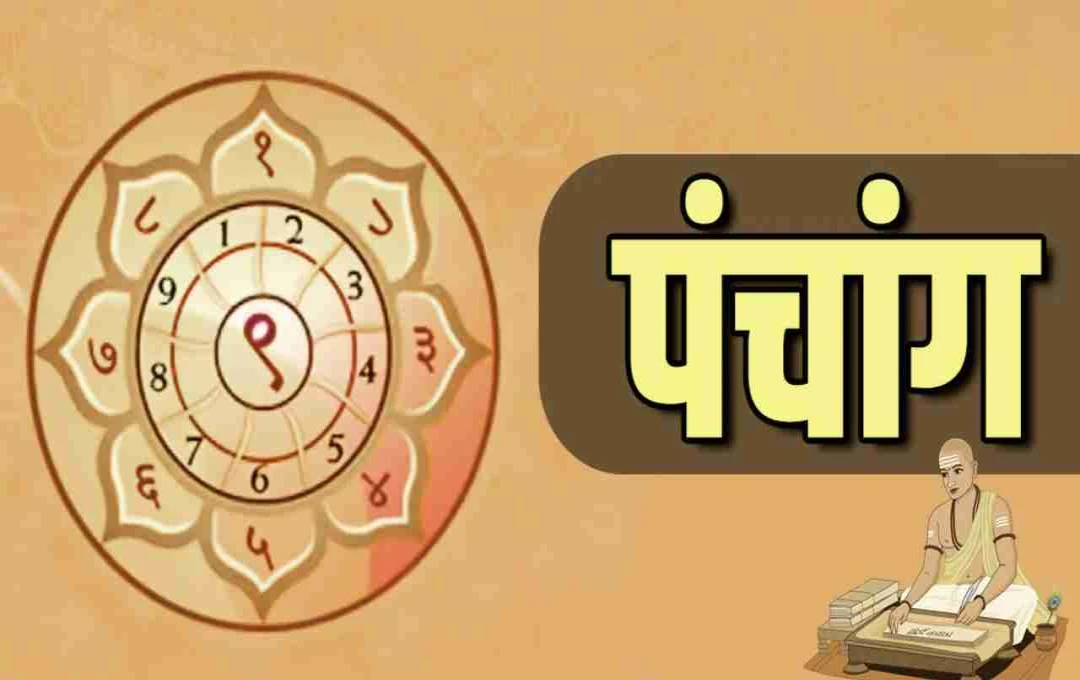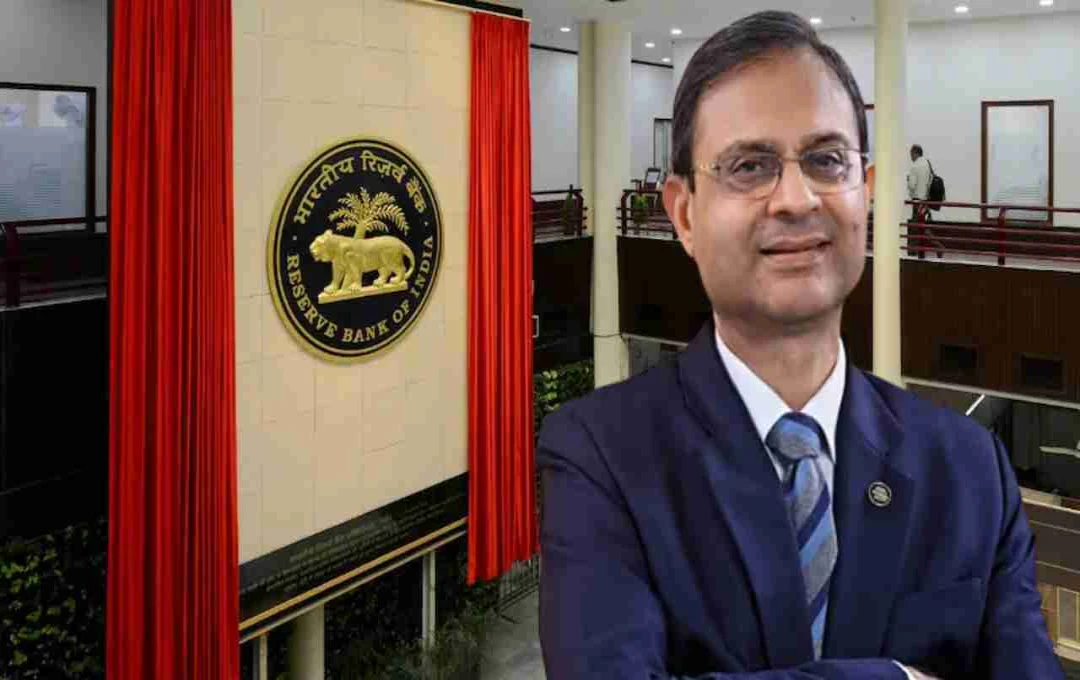The Mystery and Intriguing Stories of Tirupati Balaji Temple
India, renowned as the land of temples, attracts millions of tourists annually seeking to witness these sacred structures and venerate the deities within. Among the most popular and widely visited temples in India is the Tirupati Balaji Temple.
Located in Tirupati, Chittoor district of Andhra Pradesh, the iconic "Tirupati Balaji" stands atop Tirumala hill, one of the most revered deities globally. Situated at an altitude of 853 feet above sea level, the temple is surrounded by seven hills, earning it the moniker "Temple of the Seven Hills". Daily, between 50,000 and 100,000 devotees seek the blessings of Lord Venkateswara, while on special occasions, this number can swell to as many as 500,000 pilgrims. Furthermore, the temple is renowned as one of the wealthiest in the country, receiving millions of rupees in donations annually.
The history of the Tirupati Balaji Temple dates back to the 9th century, although earlier references exist in historical texts.
Legend suggests that the Pallava dynasty of Kanchipuram initially held control over the temple site, and later, in the 15th century, the rulers of the Vijayanagara dynasty initiated efforts to elevate the temple's prominence, ultimately leading to its widespread fame. However, the complete truth behind the temple's history remains somewhat obscure.
One tale associated with the temple's history recounts that Lord Vishnu resided near the Swamy Pushkarini lake, close to Tirumala. Tirumala, encircled by four, now considered seven hills, holds Lord Venkateswara's temple on the seventh hill. Lord Venkateswara is regarded as an incarnation of Lord Vishnu, also known as Balaji.

The Story of Mahalaxmi and Tirupati Balaji:
At the dawn of the Kali Yuga, Lord Vishnu, leaving Venkatachalam for his eternal abode of Vaikuntha, caused Mahalaxmi immense sorrow. She wandered through various forests and mountains in search of him.
Unable to locate him, Mahalaxmi, overcome with despair, abandoned Vaikuntha and sought solace under a spider's nest on the Venkatachalam hill.
Witnessing Mahalaxmi's distress, Lord Shiva and Lord Brahma resolved to aid her. They assumed the forms of a cow and her calf and approached Mahalaxmi. Recognizing them, Mahalaxmi entrusted the cow and calf to the Chola king, Sattada. However, the cow provided milk only to Srinivasa, thus saving him from the intended killing.
Enraged, the Chola king cursed Srinivasa to be reborn as a demon. Moved by the king's plea, Srinivasa declared the king would attain liberation only if he married his daughter, Padmavati, to Srinivasa.
It is believed that as the marriage approached, Mahalaxmi learned of it and confronted Vishnu. Vishnu and Lakshmi embraced, and, as a result, transformed into stone. Brahma and Shiva intervened, revealing the true purpose of their incarnations. Thereafter, to protect humanity from the tribulations of the Kali Yuga, Vishnu took the form of Lord Venkateswara on the Tirupati hill.
The Story of Hair Donation at Tirupati Balaji:
The tradition of hair donation at Tirupati Balaji is deeply rooted in antiquity. Hindu beliefs explain this practice as Lord Venkateswara repaying a debt to Kubera.
An interesting myth is associated with this. It's said that when Goddess Lakshmi incarnated as Padmavati and Lord Vishnu as Venkateswara, Lord Venkateswara proposed marriage to Padmavati. According to tradition, a groom traditionally had to pay a fee to the bride's family. However, Lord Venkateswara was unable to pay this fee, thus borrowing from Kubera, the God of Wealth. He married Padmavati and vowed to repay Kubera's debt by the end of the Kali Yuga.
He further assured that anyone helping him repay the debt would receive tenfold blessings from Goddess Lakshmi. Thus, devotees of Lord Vishnu at Tirupati donate their hair, believing that this act will fulfill their desires and ensure Lord Vishnu's blessings.








